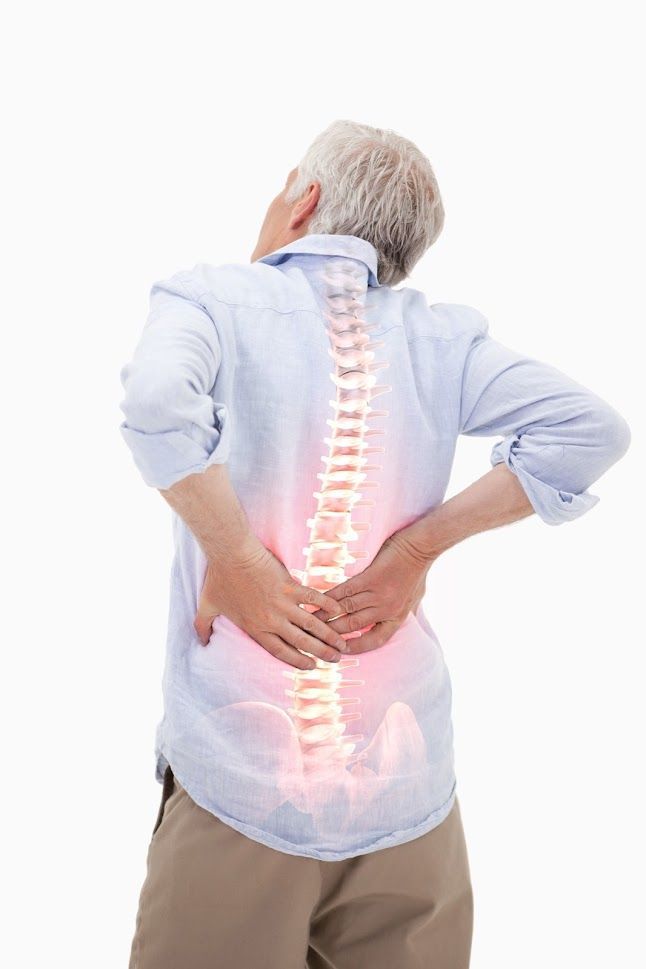4 Things to Understand About Balance Problems

Anyone who has ever felt the room tipping or spinning around them can understand just how alarming and disorientating a balance problem can prove. While some balance issues occur due to acute, temporary imbalances or diseases, others may stem from chronic physical challenges that require ongoing treatment.
If you have experienced unsteadiness or queasiness from a balance issue lately, you need to understand why balance disorders occur, how they can complicate your life, and how to seek the right kinds of treatment to regain that all-important balance and stability. Consider the following four points.
1. Balance Problems Can Occur for Many Reasons
Various physical components and systems must interact to give your body a consistent sense of balance. Muscles, nerves, and joints all work together to relay data about your body's motion, position in space, and pressure from the ground or other support. The fluid in your inner ear also provides the brain with positional information.
Sometimes, a temporary disruption of these systems can affect your balance. Examples include excess alcohol consumption, medications, dehydration, and a sudden drop in blood sugar or blood pressure. A free-floating piece of calcium in the inner ear may cause dizziness or vertigo until it settles back into position.
Age-related changes in the muscles, joints, and nerves commonly lead to loss of balance in seniors. A neurological event such as a stroke may impair feeling or motor ability in the legs, causing unsteadiness. Heart, circulatory, neuromuscular, neurological, and inner ear disorders can all cause or contribute to poor balance.
2. Balance Problems Can Produce Multiple Symptoms
The most obvious signs of a balance problem include a sense of spinning or floating while you stand or sit still. You may also experience the room spinning around you. Standing or walking without falling may seem difficult or impossible. You may catch yourself teetering or swaying precariously when you change positions.
A balance issue can affect you in other unpleasant ways as well. A balance problem related to cardiovascular trouble may actually lead to fainting spells if you stand up too quickly. The disorientation you feel may also trigger nausea. Some people with balance problems may struggle with blurred vision.
3. Balance Problems Require a Proper Diagnosis
Because balance problems can have so many underlying causes, you'll need a medical evaluation to determine the possible cause of your own distress. Your doctor will check your baseline health for any heart, blood pressure, or neurological conditions that require treatment. Ear and hearing tests can reveal inner ear problems.
A doctor or physical therapist can evaluate your balance through direct observation. You may undergo various balance tests so your practitioner can measure your unsteadiness when performing different motions, along with other key factors such as your muscle strength, flexibility, and range of joint motion.
4. Physical Therapy Can Help Correct Balance Problems
Once your medical team understands why you suffer from balance trouble, you can receive a comprehensive treatment plan for it. This plan may include medication (or the elimination of a medication that causes your imbalance), tumor removal surgery, and lifestyle changes such as drinking more water or cutting out alcohol.
Physical therapy exercises can prove invaluable for dealing with balance problems related to poor nerve, joint, or muscle function. Your physical therapist can guide you through exercises to stabilize both your stationary balance and your balance when in motion, reducing your risk for falls and other injuries.
If calcium crystals in your inner ear periodically give you balance problems, your physical therapist can show you how to perform a technique called the Epley Maneuver. This maneuver involves lying on one side and then switching from one side to the other until the dislodged debris stops making you dizzy.
Advanced Physical Therapy can provide a wide range of therapeutic options and strategies to help you get back on your feet without the room swaying around you. Contact us today for an initial consultation so we can discuss your balance problem's causes, symptoms, and solutions.

















